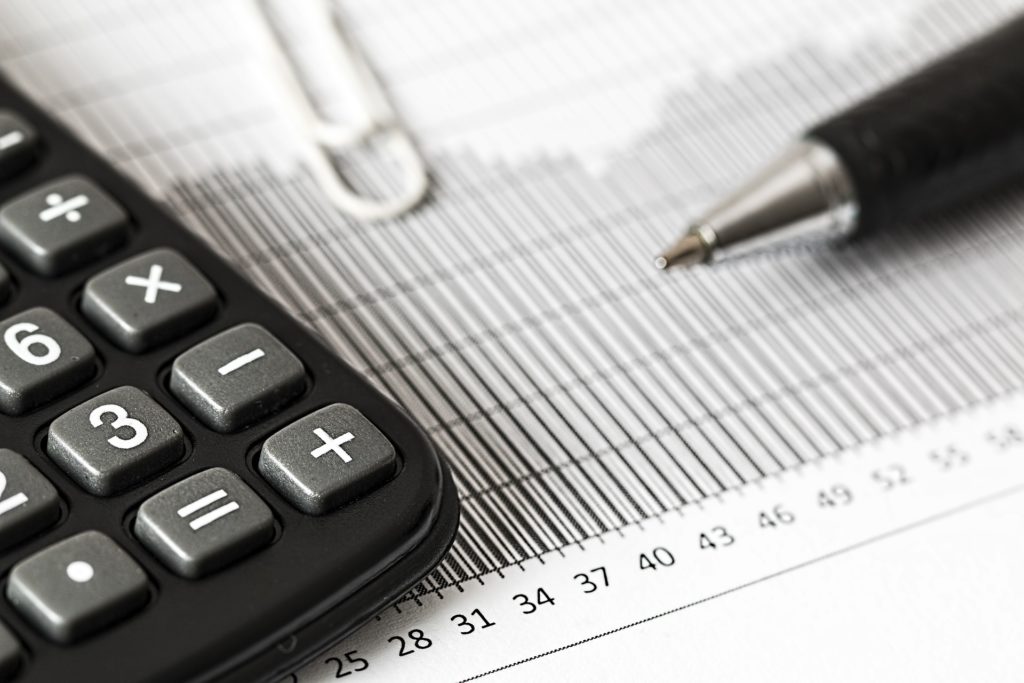How to use your shop’s monthly income statement
Published

Shop owners typically have a very good pulse on their financial performance. If the bank account is growing, business is good. If cars flow through the space and customers pay, business is good. If the bank account is dropping and throughput is slow, business is bad.
You sell a lot of window tints in the summer, and you pick up a couple more restorations heading into winter. This financial understanding of the business comes easily.
Your cash and bank statements can give you a decent understanding of month to month and even day to day performance.
However, there are many more reports that your accounting software (be it Quickbooks, Xero, or something else) can produce, if you’re using the software properly. Given the extent of the value you can extract from each statement, we’re dedicating a separate DPA Weekly to each one.
This week’s article covers your monthly income statement,
Setting up your income statement
First we’ll mention a couple things that are a must in your income statement if you want to get the most value out of it. Dig around in your accounting software or tell your accountant to make sure these items are included.
Categorization: when you set up your accounting software, did you organize your categories (or accounts) to strike the balance between overly complicated and burdensome vs. full of information and valuable? If you sell several different products and services, are you able to generate financial data on each one separately?
Getting the right balance with your categorization of expenses and income can provide you with very valuable answers to questions such as “what’s the margin on the average brake caliper respray?” to help you determine whether you should hire someone to in-source your caliper painting.
As you grow, it can be very helpful to review and update your account categorization to make sure the financial reports you’re reading are clear.
Timing: are you putting accurate dates on the entries into your accounting software? You should be. It can answer questions for busy shop owners like “did that sponsorship work?” and “is it worth staying open on Saturdays?”
It’s true, reviewing your accounting on a monthly basis is pretty rigorous for a small business, and you might think that getting your accounting accurate to the nearest month is sufficient. Finding a way to instate exact timing in your accounting software within the month will provide you with even greater insights to the day-to-day performance of your business.
A disclaimer: once you reach a certain size, the timing of individual transactions becomes less useful. Your new focus should be on your large transactions. Ensure that your investments, joint ventures, bank funding, and investments are structured properly and that you fully understand the financial implications of the transaction. Don’t let an incorrect understanding of big transactions mislead you.
Using your income statement
Now that you are churning out rich monthly accounting reports, what do you do with them? As mentioned in the last section, there are infinite questions you can answer to give you strategic insights into your performance, information for detailed and accurate budgeting and planning, and data you can analyze to understand the impact of your decisions on your income.
As you continue to review your income statement month after month, you’ll begin to dig deeper into your own business and fine tune using information you’ve never had before.
Performance insights
Wouldn’t it be nice to know how much you make on a Tesla Model X wrap compared to a Model 3? Are both priced appropriately? Can you afford to give your wrapper a bonus each time he or she finishes a Model X in 3 days?
These are the sort of questions that you can ask yourself with a detailed income statement. Drill down into some of the transactions that occurred in the past month and find out how much you charged and how much you spent on staff and materials.
Are you making significantly more money selling and installing wheel and tire packages than you are selling and installing aftermarket exhausts? If you have the answer to that question, then you can decide what to do to get the most out of both products. Perhaps you discontinue exhausts, change the pricing, create a package deal for your customers, or change up your marketing.
Budgeting and planning
You probably have an annual budget, but now you can confidently make changes to that budget on the fly to react to, say, a pandemic, or invest in a new R&D partnership.
Shops may not realize how much money they have to invest, or they may over-spend on projects because they didn’t accurately predict the results.
Check regularly whether you have budget to pay off a loan early, or whether you should cut back on your SEO costs and freebies to customers. The only way to gain the power to make these sort of decisions confidently and quickly is with regular review of your income statement.
Decision analysis
Is your new package pricing bringing in more or less profit? Did your main supplier’s ad in The Shop bring you more business? Now you don’t have to go off your gut or start counting up the appointments in the calendar.
Get used to reviewing your financial information, including your income statement, and assessing whether changes you made in the past month have generated a result. As you build this muscle up, you will begin to come up with more creative ways to serve your customers and optimize your business.
In conclusion
We place a strong emphasis on clear and disciplined financial management. Get smart on your accounting and reading financial statements and you will unlock a whole new way of strategizing, analyzing, and planning for your shop.
Interested in getting some help making the most of your shop’s finances? Driven Performance Advisors can help. Get in touch at arun@drivenperformanceadvisors.com.
